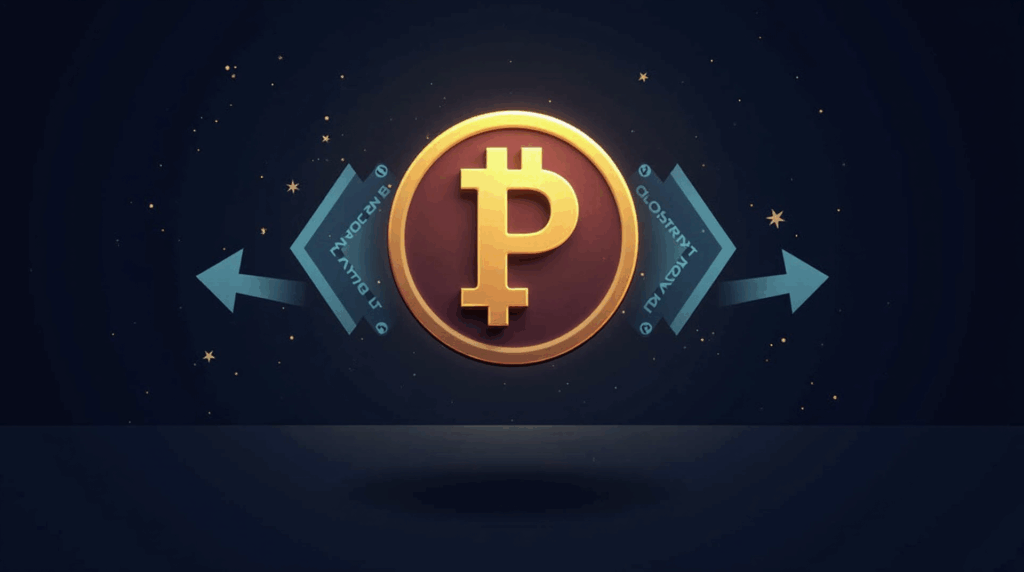PNKSTR jumped after traders noticed its NFT-linked buyback-and-burn fee loop. The surge lifted market capitalisation and tested how much liquidity pools and listed pairs could supply to NFT and altcoin traders. Reports cited a 160% high and a market value above USD 50 million before easing toward USD 40 million by 30 September 2025.
PunkStrategy charges a 10% fee per transaction, splitting 5% to creators of the linked NFT collections and 5% to automatic PNKSTR buybacks sent to a burn address.
The token rose 160% at its high and touched a market value above USD 50 million, then slipped to about USD 40 million by 30 September 2025, while the circulating supply stayed near 1,000,000,000 tokens.
Centralised and decentralised exchanges list the token, widening access but exposing price to shallow order books. Recent reference prints showed BitMart at USD 0.04565, LBank at USD 0.04462, and Uniswap V3 at USD 0.0445.
Risks and market reaction
The fee loop works only while NFTs sell and transactions flow, making the model reliant on constant turnover. Steady volume feeds the buy wallet and shrinks supply, whereas weak sales starve the reserve and leave the price exposed to sudden drops.
Royalty payments tie the token to NFT valuations, and any future rule that reclassifies digital assets would hit cash-flow assumptions. Cautions that thin NFT liquidity and heavy speculation raise downside risk, and shallow order books let large trades move the quote. Short-term buyers follow social momentum, yet long holders still lack deep on-chain history.
Into October 2025, watch order book depth on BitMart, LBank and Uniswap V3, and the daily sales of the NFT collections feeding the buyback contract. This data will indicate whether the mechanism can keep lifting the price or will instead magnify swings when volume fades.
PNKSTR’s outlook hinges on sustained NFT-driven fees and tradable liquidity across venues. If activity endures, buybacks and burns can support the price; if it fades, the same mechanism can amplify volatility.

